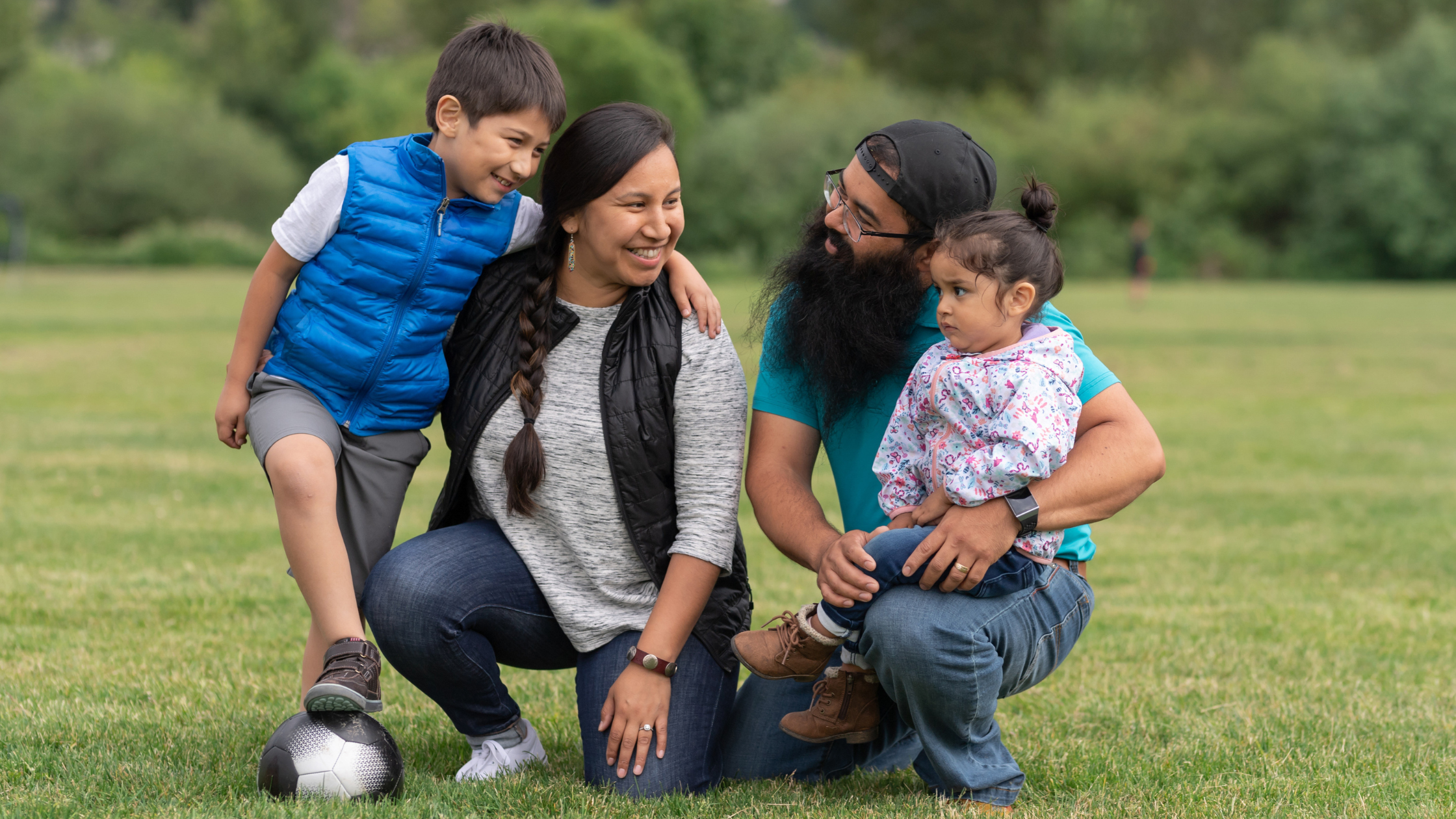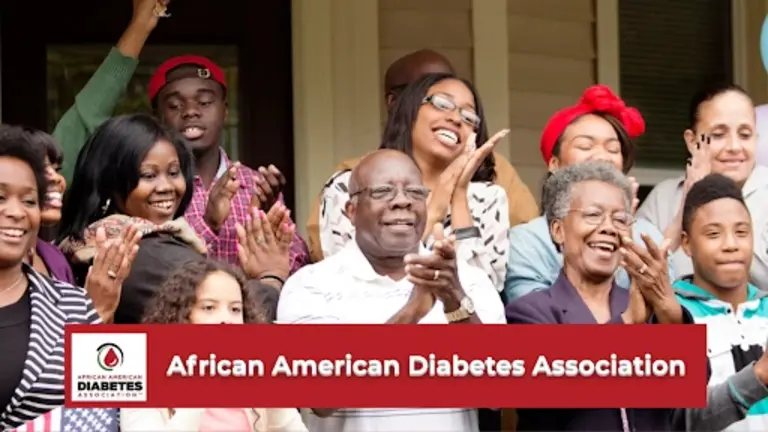
Native Americans have long been overlooked by the U.S. healthcare industry. Due to socioeconomic, environmental, and accessibility barriers, those in Native American communities are at a higher risk for chronic diseases, such as diabetes. In fact, Native Americans have the highest rates of type 2 diabetes in the United States.
In 2023, Indigenous/Alaska Native adults were 1.5 times more likely than non-Hispanic white adults to be diagnosed with diabetes.
Socioeconomic and Environmental Factors:
The present healthcare gaps and high rates of diabetes in Native Americans can be attributed to various factors, including the impact of colonization, food insecurity, and healthcare discrimination.
While Native people have an indigenous diet maintained through natural resources, colonization has led to these communities being forced to rely on Western foods. Over time, this has resulted in an increase in malnutrition, a decrease in agriculture, and higher rates of type 2 diabetes. According to research in the Diabetes Spectrum Journal, Native Americans who consume a Western diet are 2.5 times more likely to develop diabetes compared to those who follow a traditional diet.
Food insecurity is another major factor contributing to diabetes prevalence in Indigenous communities. Those living on tribal reservations have limited access to grocery stores and healthy food options. The U.S. Department of Agriculture has reported that, in 2014, 59% of the general U.S. population lived within a mile of a grocery store, compared to only 26% of people in tribal communities. Food insecurity doubles the likelihood of obesity and diabetes and significantly complicates diabetes management, due to a lack of access to nutritious foods.
Discrimination Factor in Diabetes Epidemic Among Native Americans
Discrimination in healthcare has also impacted the well-being of Natives. In 2019, a survey from Health Services Research (HSR) found that 23% of Native respondents faced discrimination in healthcare settings, and 15% reported avoiding healthcare visits due to concerns about discrimination. Not only does this negatively affect the Native community psychologically and emotionally, but putting off going to the doctor can lead to delayed diagnoses and poorer health outcomes for these individuals, exacerbating existing health disparities
Osage Nation Diabetes Crisis
In the early 20th century, the Osage Nation experienced a sudden diabetes epidemic, closely linked to the rapid accumulation of wealth from oil royalties and the resulting shifts in diet and lifestyle.
This crisis was part of a broader pattern of health struggles resulting from colonization, forced assimilation, and exploitation.
Key Factors Behind the Diabetes Crisis:
Sudden Wealth & Dietary Shifts
Following the late 19th-century discovery of oil on their land, the Osage became some of the wealthiest individuals per capita globally.
With this newfound wealth came access to processed sugar-rich foods and Western diets, which were drastically different from their traditional high-protein, low-carbohydrate diets.
Historians and medical researchers believe this abrupt dietary transition played a major role in the dramatic rise of type 2 diabetes, a condition that had previously been rare among Indigenous communities.
Between 1990 and 1997, Nilka Rios Burrows—an epidemiologist at the Centers for Disease Control and Prevention (CDC) and a key figure in chronic kidney disease research—was part of the team that published “Prevalence of Diabetes Among Native Americans and Alaska Natives, 1990–1997: An Increasing Burden.”
The eight-year study found that the number of Native Americans and Alaska Natives of all ages with diagnosed diabetes rose from 43,262 to 64,474. During that time, the prevalence of diagnosed diabetes increased by 29%.
Overcoming Access Barriers
One initiative actively working to improve health outcomes in these communities is the Special Diabetes Program for Indians (SDPI), which provides funding for higher-quality diabetes treatment, prevention, and resources for Indigenous people.
Since its establishment in 1997, the average A1C levels in Native communities have decreased by 8%. A lower A1C level suggests quality management of blood sugar, which can help prevent long-term health problems caused by diabetes.
Given the limited access Native Americans have to quality healthcare, both due to geography and discrimination, at-home testing can greatly assist these populations and improve health monitoring and diabetes management, specifically A1C testing for Native Americans.
Orange Biomed encourages those at risk for diabetes to learn how to best understand blood testing in the blog here.
Sources:
- “How Diabetes Impacts Native American Indians and Alaska Natives.” Beyond Type 1, 27 June 2024, https://beyondtype1.org/how-diabetes-impacts-native-american-indians-and-alaska-natives.
- “Diabetes and American Indians/Alaska Natives.” Office of Minority Health, U.S. Department of Health and Human Services, 13 Feb 2025, https://minorityhealth.hhs.gov/diabetes-and-american-indiansalaska-natives.
- “Diabetes Spectrum.” American Diabetes Association, 2025, https://diabetesjournals.org/spectrum.
- “Measuring Access to Healthful, Affordable Food in American Indian and Alaska Native Tribal Areas.” USDA Economic Research Service, 1 Dec. 2014, https://www.ers.usda.gov/publications/pub-details?pubid=43908&v=42103.
- “Food Insecurity among American Indians and Alaska Natives: A National Profile using.” J Hunger Environ Nutr., 2017, https://pmc.ncbi.nlm.nih.gov/articles/PMC5422031/pdf/nihms827391.pdf.
- “Diabetes in Native Communities in the US.” DiaTribe, 14 October 2021, https://diatribechange.org/news/diabetes-native-communities-us.
- “Diabetes, Colonialism, and Killers of the Flower Moon.” Think Global Health, 6 March 2024, https://www.thinkglobalhealth.org/article/diabetes-colonialism-and-killers-flower-moon.
- “Did You Know?” Osage Nation, 2025, https://www.osagenation-nsn.gov/news-events/news/did-you-know.
- “Prevalence of Diabetes Among Native Americans and Alaska Natives.” Diabetes Care, 23 Dec. 2000, https://diabetesjournals.org/care/article/23/12/1786/20500/Prevalence-of-diabetes-among-Native-Americans-and.
- “Diabetes Fact Sheet.” Indian Health Service, Oct 2016, https://www.ihs.gov/newsroom/factsheets/diabetes.






